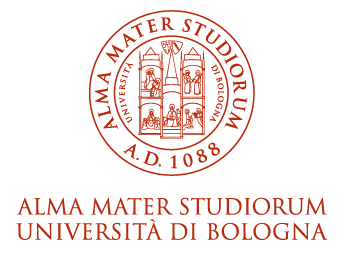- Docente: Alessandro Ragazzoni
- Credits: 6
- SSD: AGR/01
- Language: Italian
- Teaching Mode: Traditional lectures
- Campus: Bologna
- Corso: Second cycle degree programme (LM) in Planning and management of agro-territorial, forest and landscape (cod. 8532)
Learning outcomes
At the end of the course, the student has acquired the ability to use the main economic instruments of territorial and environmental evaluation of monetary and non-monetary kind. In particular, the student is able to: understand the procedures and collaborate on major cases of analysis of territorial importance, with particular reference to environmental impact assessment. conduct spatial assessment, as regards the effects of a project will determine the components of agro-environmental measures, in line with the guidelines of the EU agricultural policies
Course contents
Teaching Unit 1 (3 hours): Work on the evolution of economic
thought for the environment.
Results: The student knows the main developments of economic
thought for environmental protection starting from the classical
thought, the thought Marxist theories of John Stuart Mill, and
finally at the thought Neoclassical
Teaching Unit 2 (12 hours): The market environment: theory and
application
Results: The student knows the market model for the environment. Is
able to give the definition of externalities and structure a model
of theoretical evaluation. We propose a classification of the
models used for the evaluation of externalities such as the
materials balance and property rights. The student distinguishes
environmental standards and environmental taxes as a means of
achieving sustainability point of the market.
Teaching Unit 3 (5 hours): Description and evaluation of natural
resources
Results: the student knows the critical factors of the man-economic
activity in the exploitation of environmental resources, necessary
to enable a production process; also learns the classificatory
systems of reserves and resources and the concept of sustainable
development for the production process in order to minimize
pollution and externalities.
Teaching Unit 4 (10 hours): Evaluation of environmental
resources
Results: The student is able to indicate the definition and the
differences between good public / private and economic good. He
knows the tools and models of economic analysis going from real
market value of an asset according to a classical exchange and
supply / demand, up to the value of existence.
Teaching Unit 5 (30 hours): Models and analysis tools and case
studies
Results: The student knows and applies the main models and analysis
tools including: the 'Cost-Benefit Analysis (CBA), the
Environmental Accounting, Analysis of the consumption / production
of energy in a process: the model EROEI, the Travel Cost Method and
Evaluation pluriparametrica of ornamental plants
Readings/Bibliography
Caggiati P., Ragazzoni A. (2000), La valutazione dell'ambiente: metodologie di analisi e casi di studio, Pitagora Editrice, Bologna.
- Pearce David W., Turner, R. Kerry, (1991), Economia delle risorse naturali e dell'ambiente, Il Mulino, Bologna.
- The course material consists of the slides presented in class and made available to students in the appropriate website (website: http://www.unibo.it/docenti/alessandro.ragazzoni).
Teaching methods
The course is mainly done through lectures with video projection of power point with the possibility of exercises in the computer lab and seminars by experts in the field
Assessment methods
The course is part of the Integrated Course
of ESTIMO TERRITORIALE E CARTOGRAFIA CATASTALE
along with the following other teaching: Cartografia
catastale con elementi di CAD e GIS .
Therefore, the evaluation of the course takes into account jointly
the level of knowledge and skills acquired by the student in
relation to the contents of all of the above teachings. The
knowledge and skills taught in this course are evaluated in the
following ways: oral exam at the end of the course of instruction
may be preceded by written tests in progress.
Teaching tools
Analysis of computer models support PC, lessons in power point; exercises and case studies on PC.
Office hours
See the website of Alessandro Ragazzoni
